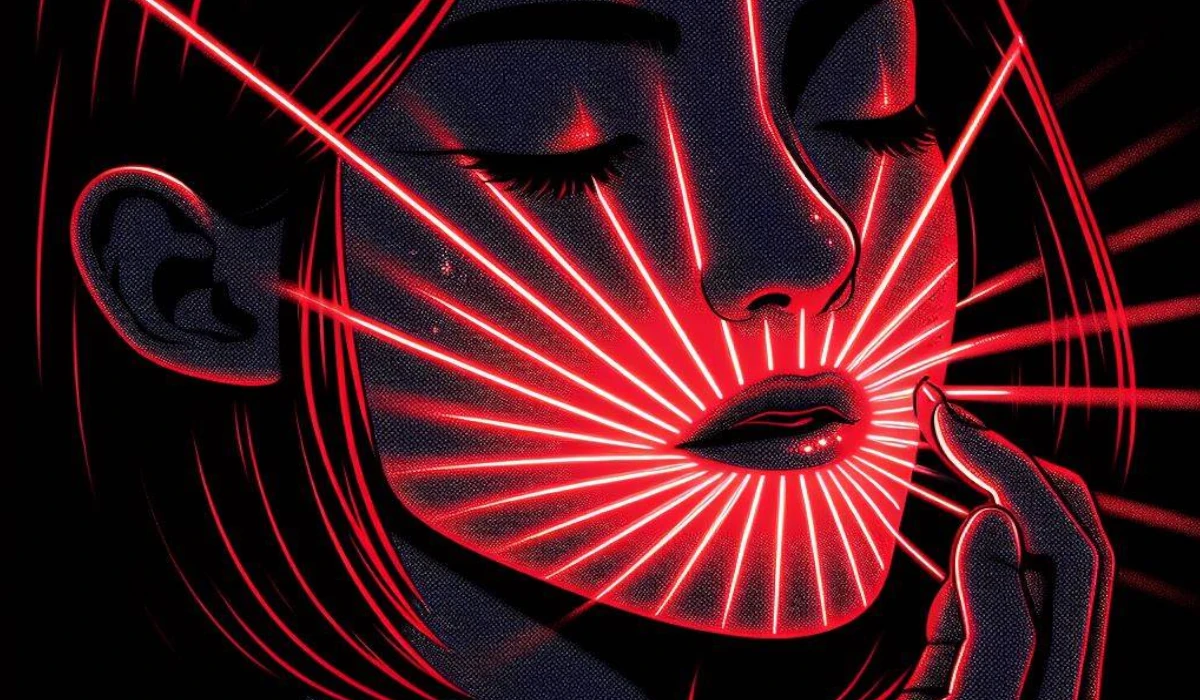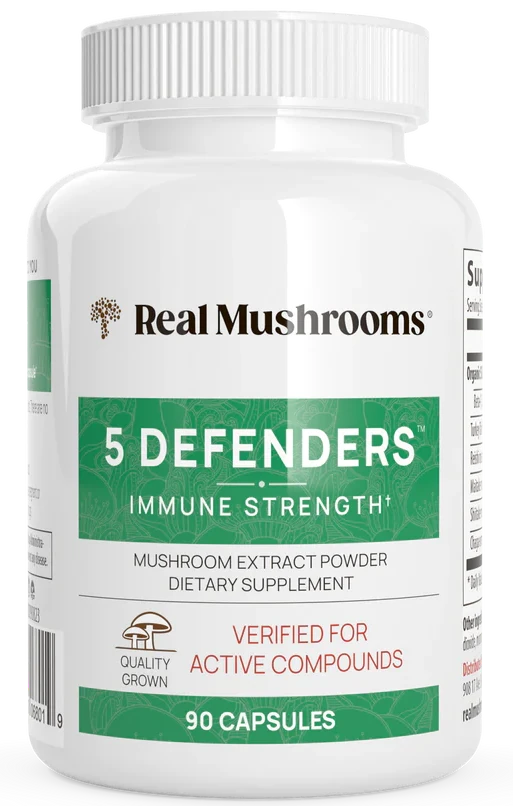The Impact of UV Light on Herpes Virus and Cold Sores
Exposure to ultraviolet B (UVB) light, which occurs naturally in sunlight, has been associated with the reactivation of the herpes virus and may worsen cold sore outbreaks.
The herpes simplex virus can lie dormant in nerve cells for years after the initial infection, but UV light exposure can trigger the virus to replicate, leading to the development of cold sores.
Overexposure to UV radiation can affect the immune system, compromising its ability to keep the HSV-1 virus under control.
Photochemotherapy, which combines a drug with exposure to ultraviolet A (UVA) light emitted by the sun and tanning beds, may also activate the herpes virus and exacerbate cold sore symptoms.
However, it's important to note that sunlight itself does not cause cold sores; rather, it can trigger outbreaks in individuals who have been previously infected with the herpes virus.
This websites contains affiliate links. As part of the Amazon Associates program, we may earn from qualifying purchases.
To minimize the risk of triggering a herpes outbreak after sun exposure, consider gradual and progressive sun exposure, appropriate clothing (such as wide-brimmed hats and long sleeves), knowing your skin phototype, and using sunscreens with suitable sun protection factors (SPF) for your skin type and environmental conditions.
While UV light exposure can reactivate the virus and lead to cold sore outbreaks, it does not kill the virus itself.
Once the virus is reactivated, antiviral medications like acyclovir are necessary to treat the symptoms and reduce viral shedding.

Red Light Therapy: A Potential Complementary Approach
In recent years, red light therapy has been explored as a potential complementary treatment for managing herpes outbreaks and cold sores.
Red light therapy involves the use of red and near-infrared wavelengths and has shown promise in reducing the severity of symptoms, shortening the duration of outbreaks, and promoting healing.
Herpes red light therapy targets afflicted areas with minimal heat, aiming to stimulate healing and diminish inflammation.
The therapy activates cellular mechanisms, including mitochondria, which enhances ATP production (the cell’s energy currency).
This bioenergetic boost may facilitate quicker recovery from HSV lesions.
Additionally, red light has been shown to modulate inflammatory mediators, potentially reducing swelling and discomfort associated with herpes outbreaks.
Studies have indicated that red light therapy can significantly improve genital herpes outbreaks and may offer relief to individuals experiencing recurrent herpes simplex virus (HSV) infections.
One study found that people with herpes cold sores who were treated with red light therapy had a quicker recovery time, with their healing time shortened from an average of 7 to 5 days.
Another review looked at several different studies on red light therapy for cold sores and found that the most effective approach was a combination of daily red light laser treatment (wavelength 635 nm, power 15 mW/cm2 to 25 mW/cm2 for 5 minutes, started within the first 24 hours of an outbreak) and the use of antiviral gels or creams containing acyclovir (Zovirax) as the active ingredient.
It's important to note that while red light therapy can be a helpful complementary approach, it does not completely eliminate the herpes virus from the body.
The virus can still lie dormant in nerve cells and reactivate in the future, potentially leading to new outbreaks.
Potential Cures and Future Research
Researchers are actively exploring novel approaches to potentially cure herpes infections in the future.
One promising avenue involves targeting a mysterious gene carried by the herpes simplex-1 virus (HSV-1) that allows the virus to remain latent.
By disrupting this gene, it may be possible to "wake up" the virus and then kill it with antiviral drugs like acyclovir.
The Duke University research team is currently discussing potential collaborations with pharmaceutical companies to further investigate this approach and conduct animal trials.
If successful, this could lead to a breakthrough in the treatment of herpes infections, potentially offering a cure for conditions like cold sores and shingles.





